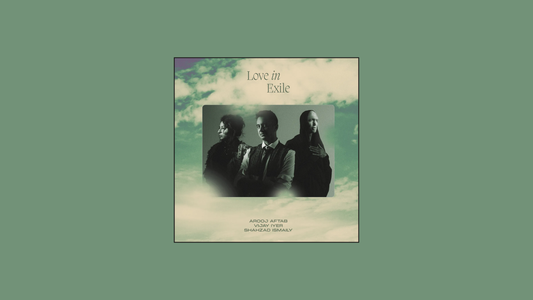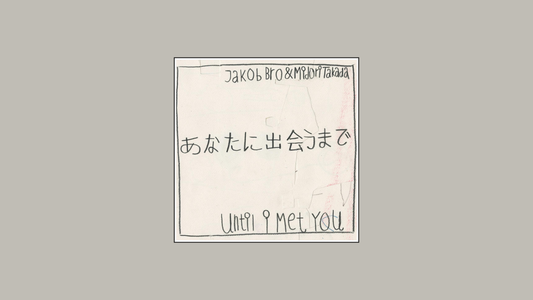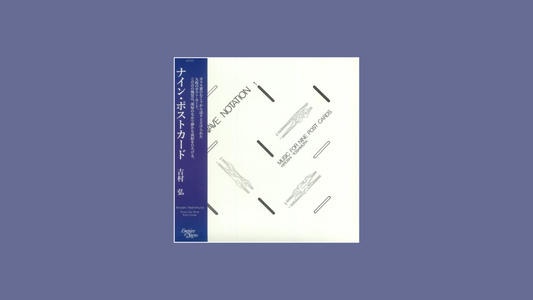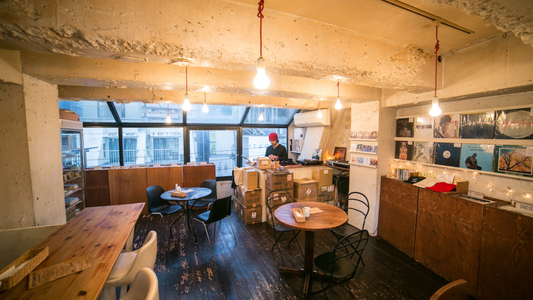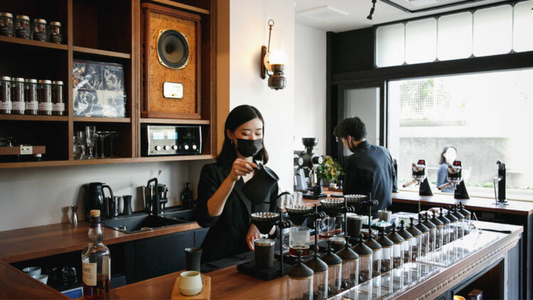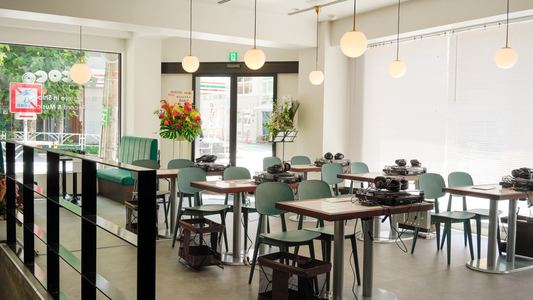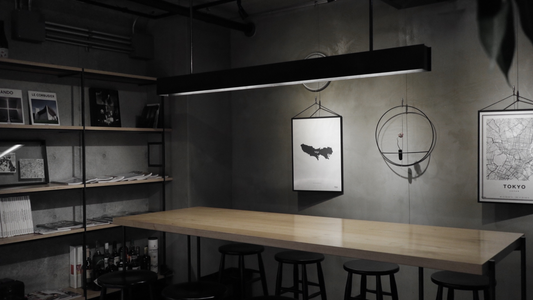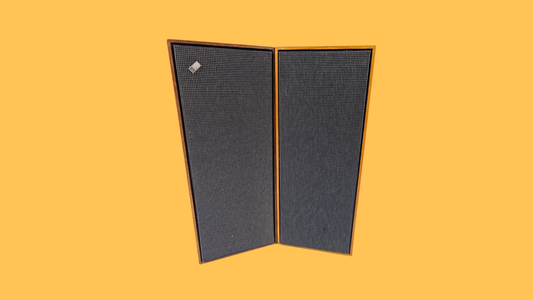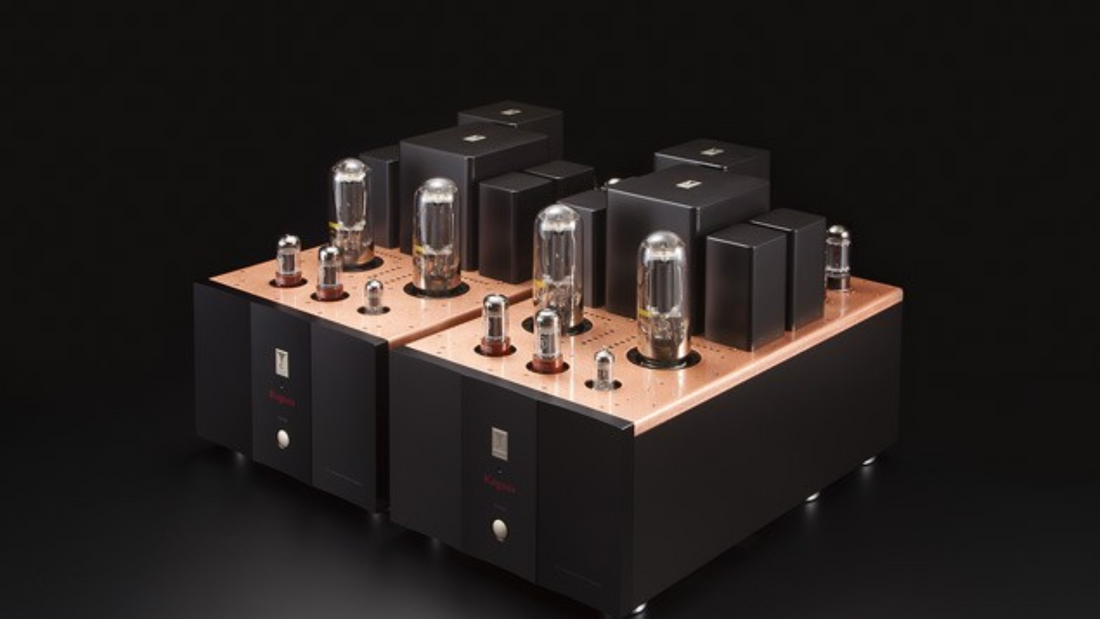
Kondo Audio Note (Japan) — Silver, Silence, and the Cult of Purity
By Rafi Mercer
Some equipment feels like engineering. Some feels like craft. And a rare few feel like devotion. Kondo Audio Note, founded in Tokyo by Hiroyasu Kondo in 1979, belongs to that last category. Its amplifiers are not simply built; they are consecrated. Wound with pure silver, soldered by hand, designed with a reverence for silence as much as sound, they represent an approach to hi-fi where every note is treated as sacred. In listening bars, where music is meant to stop time, Kondo becomes less a piece of equipment than an altar.
Hiroyasu Kondo, often referred to as the “Audio Silversmith,” was an unlikely revolutionary. A physicist by training, he believed that copper, the standard conductor of the audio world, blurred and coloured the signal. Silver, though costly and difficult to work with, carried music with a transparency that felt more natural, more alive. From that conviction came a philosophy: build amplifiers not for measurement but for musical truth, regardless of cost or scale.
The results are legendary. Kondo’s Ongaku amplifier, introduced in 1989, is perhaps the most celebrated single-ended triode design ever made. Massive, minimalist, and impossibly expensive, it has been described as less an amplifier than a musical instrument. When paired with high-efficiency speakers, it delivers a sound that is luminous, saturated with tone, yet never heavy-handed. In a listening bar, that luminosity is transformative. A Coltrane ballad doesn’t just play; it glows, each note floating like light through dust.
The aesthetic is understated but unmistakable: brushed silver cases, glowing valves, no excess decoration. To encounter one behind the bar is to feel that the proprietor has made a declaration — this is not merely about playing records, this is about treating music as ceremony. Patrons may not know the brand, but they feel its aura. Even in silence, a Kondo amplifier radiates intent.
I remember a night in a Kyoto bar where a Kondo Gakuon drove a pair of Goto Unit horns. The record was A Love Supreme. When the opening bass line began, the room seemed to tilt into another dimension. The sound was not loud, not forceful, but impossibly present, as if Coltrane’s quartet had been conjured into the space. People sat with eyes closed, glasses untouched, suspended in the moment. That is the Kondo effect: it doesn’t just reproduce music, it summons it.
Compared with McIntosh’s swagger, Accuphase’s restraint, or Audio Research’s warmth, Kondo represents something more rarefied — purity. It is not for every bar, nor every listener. It requires sympathetic partners, high-efficiency speakers, and a room willing to slow down. But where it is found, it defines the atmosphere absolutely.
Kondo passed away in 2006, but his ethos endures under Masaki Ashizawa and the small Tokyo workshop that still builds each piece by hand. In a world of mass production, that continuity feels almost miraculous. The amplifiers are as rare as they are revered, found only in a handful of venues willing to treat listening as ritual.
In the end, Kondo Audio Note is not about hi-fi at all. It is about devotion — to silver, to silence, to the belief that music deserves reverence. And in the dim light of a listening bar, that devotion becomes contagious. The night slows, the sound glows, and for a while, nothing else matters.
Rafi Mercer writes about the spaces where music matters. For more stories from Tracks & Tales, subscribe, or click here to read more.
